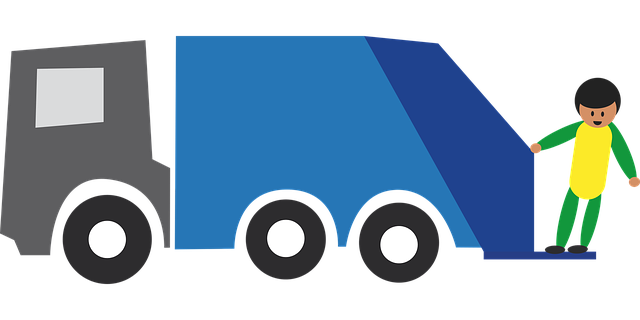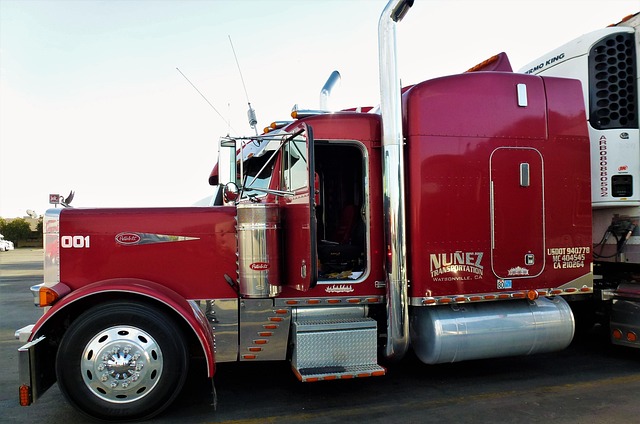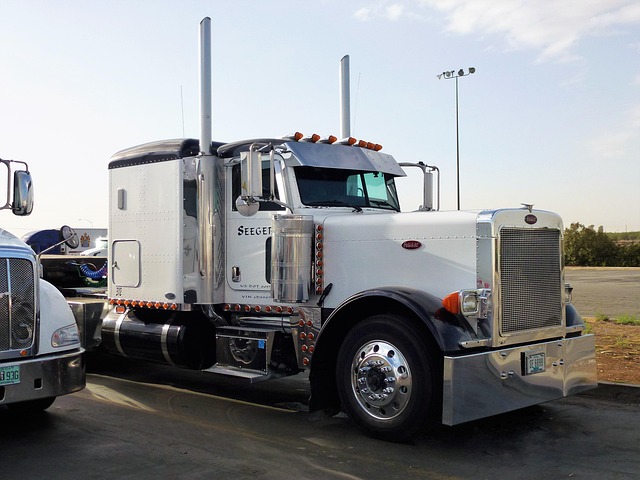Looking to register your car in California? This comprehensive guide breaks down the process step-by-step. From gathering essential documents like proof of insurance and ownership to verifying your vehicle’s critical VIN (vin verifier), you’ll navigate the California car registration process smoothly. Learn how to complete the application, pay fees, and receive your registration certificate and license plate effortlessly.
- Understanding the California Car Registration Process
- Gather Necessary Documents for Vehicle Registration
- Verify Your Vehicle's VIN (Vehicle Identification Number)
- Complete the Application and Pay Registration Fees
- Receive Your Registration Certificate and License Plate
Understanding the California Car Registration Process

Understanding the California Car Registration Process
Registering a car in California involves several steps that ensure vehicle safety and compliance with state regulations. The process begins with gathering essential documents, including proof of ownership, valid identification, and current insurance information. Once you have these ready, you’ll need to visit a local Department of Motor Vehicles (DMV) office or utilize their online services for registration and title transfer.
A crucial component of the California car registration process is the Vehicle Identification Number (VIN) inspection. This involves verifying the VIN using official methods, which can be done at a DMV office or through mobile VIN inspection and verification services. These services offer convenience by coming to your location, ensuring a smoother experience for those who prefer not to visit a DMV branch.
Gather Necessary Documents for Vehicle Registration

Before you start the registration process for your car in California, make sure to gather all the essential documents. One critical piece is the Vehicle Identification Number (VIN) verifier or report. This unique 17-character code is used to identify your vehicle and can be found on the vehicle’s certificate of title, insurance policy, or by checking the driver’s side door jamb. A mobile VIN verification service can also provide this information quickly and conveniently.
Additionally, you’ll need proof of ownership, typically a signed title document; a valid driver’s license or state-issued ID; evidence of automobile liability insurance; and registration fees. It’s advisable to check with the California Department of Motor Vehicles (DMV) for any specific requirements and updates on necessary documents, as they may vary based on your vehicle’s age and type.
Verify Your Vehicle's VIN (Vehicle Identification Number)

Before registering your car in California, it’s crucial to verify your vehicle’s VIN (Vehicle Identification Number). This unique code is a critical component of the registration process and ensures that your car is accurately identified. A reliable vin verifier like a mobile vin inspection app can help you quickly and easily retrieve this information. Simply enter your VIN into the app, and it will provide you with detailed vehicle data, including its make, model, year, and other specifications.
By using a mobile vin verifier, you can save time and avoid potential errors during registration. It’s important to double-check that the VIN matches the vehicle exactly as it appears on your documents. This step is often overlooked but is an essential part of ensuring a smooth car registration process in California.
Complete the Application and Pay Registration Fees

After gathering all necessary documents, it’s time to complete the application process. You’ll need to fill out Form MV-5 (Vehicle Registration Application) in its entirety. This form requires detailed information about your vehicle, including its make, model, year, and unique VIN (Vehicle Identification Number). A crucial step is ensuring your VIN is accurately recorded, as it’s used for verification purposes by the California Department of Motor Vehicles (DMV). Consider using a mobile VIN verifier or inspection service to cross-check this critical detail before proceeding.
Once your application is complete, you’ll need to pay the registration fees. These costs vary based on the type and age of your vehicle, so be sure to check the DMV’s fee schedule. You can typically pay online, by mail, or in person at a DMV field office. After successful payment, you’ll receive your vehicle’s registration certificate, which is proof of your car’s legal status in California.
Receive Your Registration Certificate and License Plate

Once your vehicle’s registration is approved, you’ll receive your Registration Certificate and a set of license plates. Before hitting the road, ensure that both documents are securely fastened inside your vehicle. The California Department of Motor Vehicles (DMV) will also provide you with detailed instructions on how to display the license plates correctly. It’s crucial to follow these guidelines, as proper placement and visible displays are essential for legal compliance.
Remember, a key step in this process involves utilizing a VIN verifier, often through a mobile vin inspection service, to ensure that your vehicle’s unique Vehicle Identification Number (VIN) is accurate and matches the details on file with the DMV. This simple verification can save you time and potential headaches down the line.
Registering a car in California is a straightforward process that involves several key steps. By understanding the requirements, gathering the necessary documents, verifying your vehicle’s VIN using reliable tools like a vin verifier, and completing the application with accurate information, you can ensure a smooth registration experience. Remember to receive your Registration Certificate and License Plate as the final confirmation of your vehicle’s official status in the Golden State.
